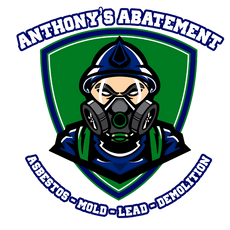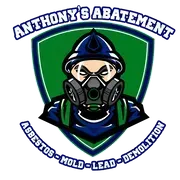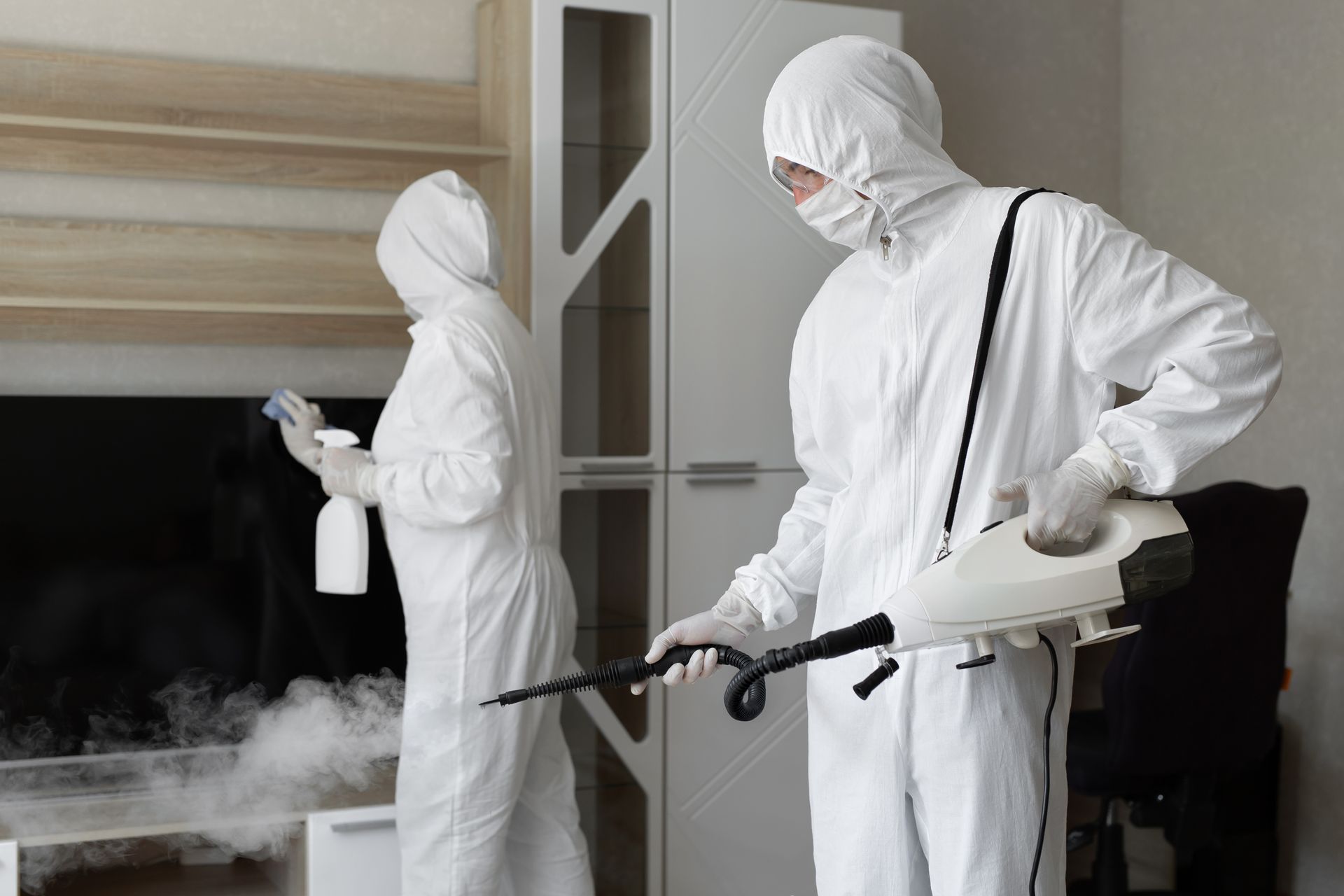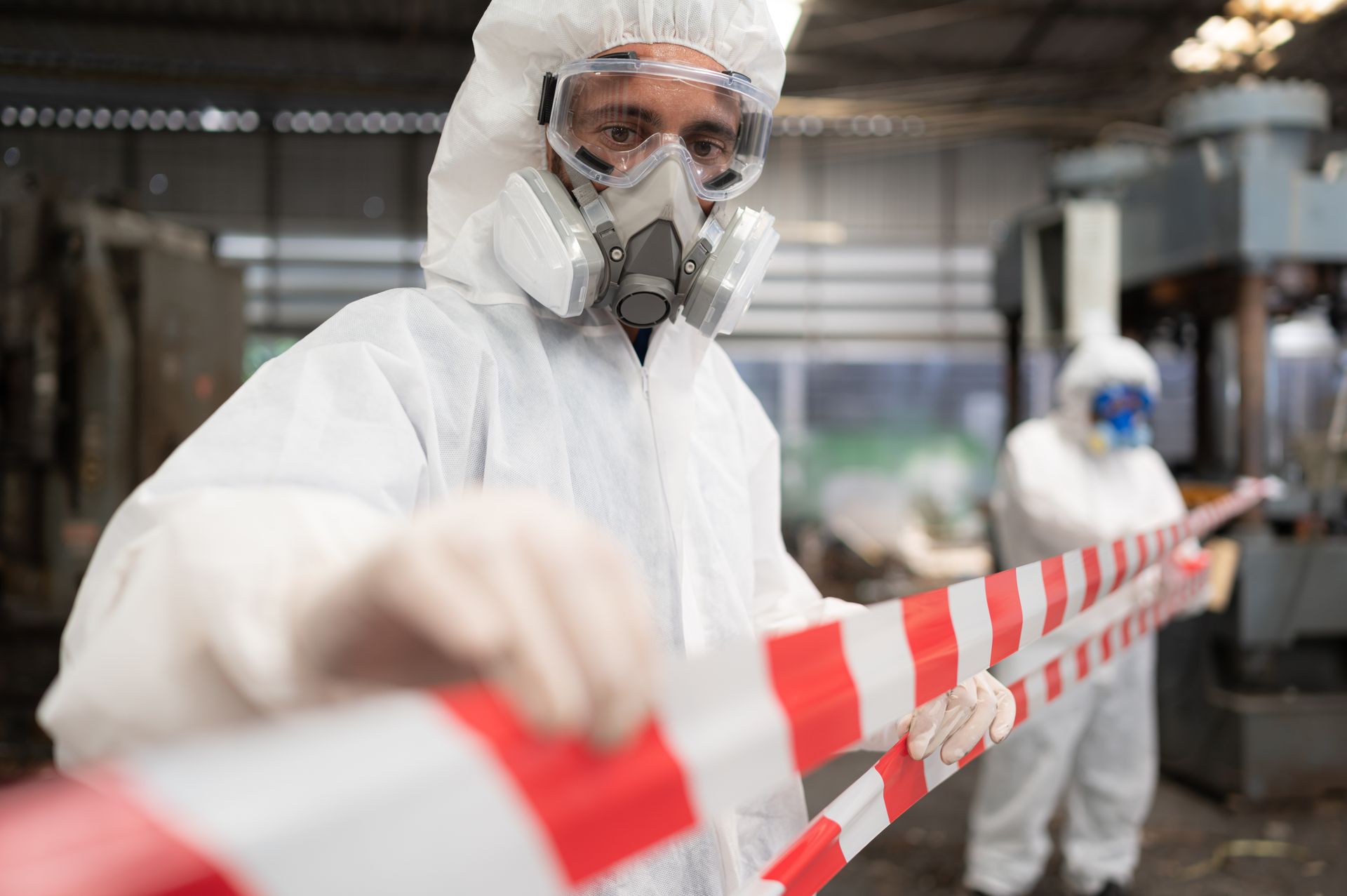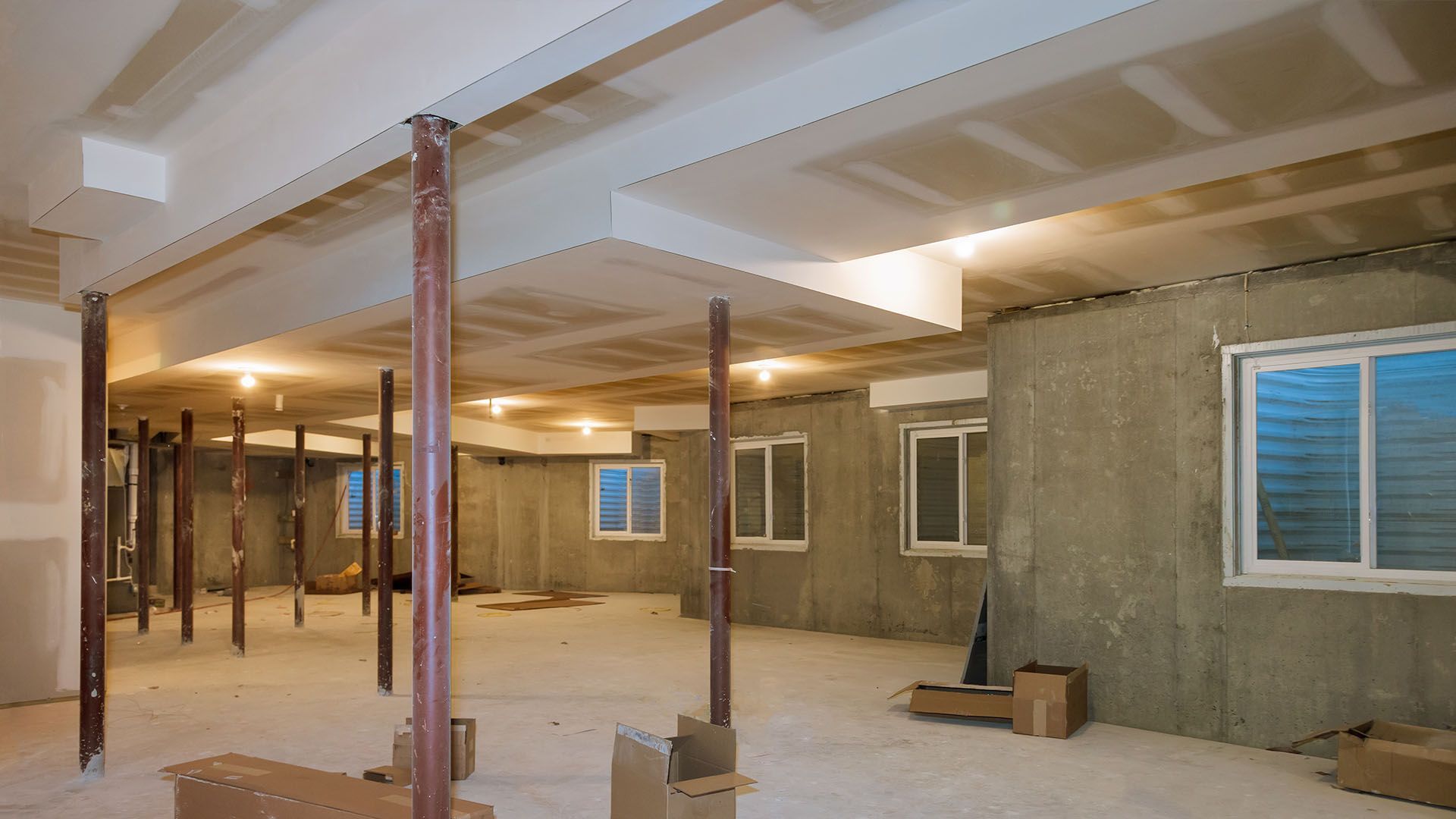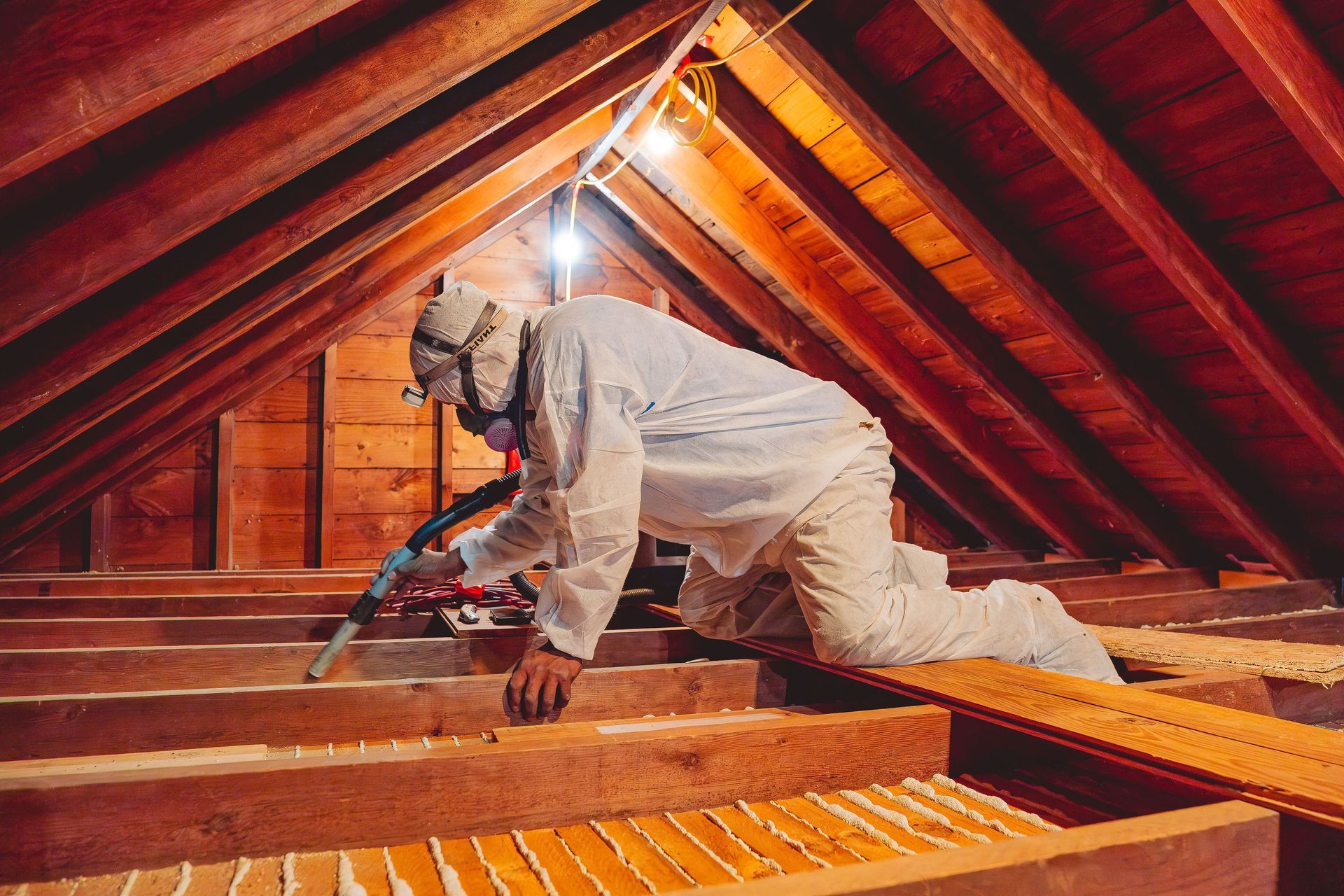Asbestos in Popcorn Ceiling: The Shocking Truth
I've got some bad news for you, folks. That charming, textured ceiling in your vintage home or apartment? It might be hiding a dirty little secret. Asbestos. Yep, you heard me right. The fluffy, cottage cheese-like popcorn ceilings that were all the rage back in the day could be harboring a toxic substance that's been linked to some seriously scary health issues.
But don't panic just yet! We're going to get to the bottom of this together. I'll give you the lowdown on why asbestos was used in popcorn ceilings, how to tell if yours might have it, and what the heck you should do about it. Trust me, by the end of this, you'll be an asbestos-busting pro. Let's dive in!
Table Of Contents:
- What Is a Popcorn Ceiling?
- Why Were Popcorn Ceilings Popular?
- What Are Popcorn Ceilings Made Of?
- Do Popcorn Ceilings Contain Asbestos?
- When Was Asbestos Used in Popcorn Ceilings?
- How Can I Tell If My Popcorn Ceiling Has Asbestos?
- Should I Test for Asbestos in My Popcorn Ceilings?
- What If I Don't Disturb the Popcorn Ceiling?
- Signs of Asbestos Damage in Popcorn Ceilings
- Health Risks Associated With Asbestos Exposure
- Who Is at Highest Risk for Asbestos Exposure From Popcorn Ceilings?
- Symptoms of Asbestos-Related Illnesses
- Safely Removing Asbestos Popcorn Ceilings
- Hiring an Asbestos Abatement Professional
- Proper Asbestos Removal Procedures
- Disposing of Asbestos-Containing Materials
- Protecting Yourself and Your Family From Asbestos Exposure
- Using Proper Protective Equipment
- Isolating the Work Area
- Cleaning Up Thoroughly
- Conclusion
What Is a Popcorn Ceiling?
Popcorn ceilings, also known as acoustic ceilings or cottage cheese ceilings, were all the rage from the 1950s through the 1980s. These textured ceilings were popular for their ability to hide imperfections and dampen noise. But here’s the catch - many of these ceilings contained asbestos, a hazardous material that can cause serious health problems when disturbed. Asbestos textured ceilings, in particular, pose significant health risks, including lung cancer, when the asbestos fibers are inhaled. So, the question on everyone’s mind is: do popcorn ceilings have asbestos?
Why Were Popcorn Ceilings Popular?
Popcorn ceilings were incredibly popular back in the day for a few key reasons:
- They were an easy way to hide imperfections in the ceiling, like cracks or uneven surfaces.
- The texture helped absorb sound, making rooms quieter.
- They were quick and cheap to install, making them a go-to choice for builders and homeowners alike.
What Are Popcorn Ceilings Made Of?
Here's where things get a bit dicey. Many popcorn ceilings contained asbestos, a naturally occurring mineral that was commonly used in building materials before its dangers were widely known. The popcorn ceiling texture was typically made from a mix of paint, paper, and asbestos fibers. When sprayed onto the ceiling, it created that signature bumpy, cottage cheese-like look.
Do Popcorn Ceilings Contain Asbestos?
The short answer is: it depends. Not all popcorn ceilings contain asbestos, but many of them do - especially if your home was built before the 1980s.
When Was Asbestos Used in Popcorn Ceilings?
Asbestos was a common ingredient in popcorn ceiling mixtures until it was banned for residential use in 1978. However, contractors were allowed to use up their existing supplies, so some homes built as late as 1986 may still have asbestos-containing popcorn ceilings.
How Can I Tell If My Popcorn Ceiling Has Asbestos?
Unfortunately, you can't tell if a popcorn ceiling contains asbestos just by looking at it. The only way to know for sure is to have it tested by a professional. If your home was built before 1980 and has original popcorn ceilings, there's a good chance they may contain asbestos. It's best to err on the side of caution and assume they do until proven otherwise.
Should I Test for Asbestos in My Popcorn Ceilings?
If you're living with popcorn ceilings, you might be wondering: should I test for asbestos? The answer is a resounding yes - especially if you're planning any renovations that could disturb the ceiling material.
What If I Don't Disturb the Popcorn Ceiling?
Here's the thing - even if you're not planning to remove or disturb your popcorn ceilings, they can still pose a risk. Over time, the ceiling material can degrade and crumble, releasing asbestos fibers into the air. This is especially true if your popcorn ceilings have any water damage, cracks, or other signs of wear and tear. In these cases, it's crucial to have the ceilings tested for asbestos and removed by a professional if necessary.
Signs of Asbestos Damage in Popcorn Ceilings
So, how can you tell if your popcorn ceilings are damaged and potentially releasing asbestos fibers? Here are a few red flags to watch out for:
- Cracks or holes in the ceiling
- Water stains or damage
- Flaking or crumbling texture
- Visible dust or debris on surfaces below the ceiling
If you notice any of these signs, it’s time to bring in the professionals. An asbestos testing company can safely take a sample of your popcorn ceiling and have it analyzed for asbestos content. The bottom line? If you have popcorn ceilings in your home, it’s always better to be safe than sorry. Get them tested for asbestos, and if necessary, have them removed by a certified asbestos abatement professional. Your health and safety are worth the extra precaution. Monitoring for symptoms of asbestos related disease is also crucial for long-term health.
Key Takeaway:
Popcorn ceilings, popular from the 1950s to the 1980s, often contain asbestos. If your home has popcorn ceilings built before 1986, test for asbestos. Damaged or aging ceilings can release harmful fibers into the air. Get professional testing and removal if needed to protect your health.
Health Risks Associated With Asbestos Exposure
Do popcorn ceilings have asbestos? The answer is, unfortunately, many of them do - especially if your home was built before 1980. And the health risks from exposure to asbestos in popcorn ceilings can be severe.
I've seen firsthand the devastating effects that asbestos exposure from popcorn ceilings can have on people's health. It's not something to take lightly.
Who Is at Highest Risk for Asbestos Exposure From Popcorn Ceilings?
Those at highest risk are people living in older homes with original popcorn ceilings, as well as contractors or DIYers who sand or remove the ceilings without proper precautions. Even minimal exposure to asbestos fibers can be dangerous.
In fact, there is no known "safe" level of asbestos exposure according to the World Health Organization. Any amount of asbestos inhalation can increase the risk of developing serious health problems down the line.
Symptoms of Asbestos-Related Illnesses
Exposure to airborne asbestos fibers from disturbed popcorn ceilings can lead to lung cancer, mesothelioma, asbestosis and other respiratory diseases. Symptoms may not appear for 10-40 years after exposure.
Warning signs can include shortness of breath, chest pain, persistent cough, and weight loss. See a doctor immediately if you know you've been exposed to asbestos and have any of these symptoms.
Safely Removing Asbestos Popcorn Ceilings
Do popcorn ceilings have asbestos? If you suspect yours might, do NOT try to remove it yourself. Improper removal is extremely dangerous and can contaminate your entire home with toxic asbestos dust.
Hiring an Asbestos Abatement Professional
The safest way to deal with asbestos popcorn ceilings is to hire a licensed, experienced asbestos abatement company. They will test the material, follow stringent removal protocols, and dispose of the hazardous waste properly.
When hiring a contractor, make sure they are certified for asbestos removal and have a solid track record. Get everything in writing, including testing results, removal plans, containment procedures, and disposal records.
Proper Asbestos Removal Procedures
Proper asbestos removal is a tightly-controlled process. The work area must be fully sealed off with barriers and negative air pressure. Workers wear protective gear and respirators. The material is wetted down to minimize dust.
Asbestos-containing materials are carefully removed in sections, bagged, and disposed of as hazardous waste. The entire area is then thoroughly cleaned with HEPA vacuums and wet-wiping to remove any remaining fibers. Air testing ensures safety before barriers are removed.
Disposing of Asbestos-Containing Materials
Asbestos waste is highly regulated - it can't just be thrown in the regular trash. It must be wetted, double-bagged in special sealed and labeled waste bags, and disposed of at licensed asbestos waste facilities.
Specific disposal protocols vary by region, but usually require advance notice, manifests, and careful record-keeping. Never try to dispose of asbestos materials yourself - leave it to the professionals.
Protecting Yourself and Your Family From Asbestos Exposure
Do popcorn ceilings have asbestos? The key is to treat any popcorn ceiling as if it does contain asbestos unless you have clear proof otherwise. Take every precaution to avoid disturbing or damaging the material.
Using Proper Protective Equipment
If you must be around asbestos popcorn ceilings, always wear appropriate protective gear - disposable coveralls, gloves, shoe covers, eye protection, and most importantly, a respirator rated for asbestos fibers.
Regular dust masks are NOT sufficient. Use a half-face respirator with HEPA filters or a powered air-purifying respirator for best protection. Make sure you are properly trained in how to fit and use the respirator.
Isolating the Work Area
Any work on asbestos popcorn ceilings must be done in a fully sealed containment area. This includes sealing off doors, windows, vents and other openings with plastic sheeting and tape.
Use negative air pressure to keep fibers from escaping the work area. Set up a decontamination area for workers to safely remove protective gear. Keep everyone else out of the area until it has been thoroughly cleaned and tested.
Cleaning Up Thoroughly
After working with asbestos popcorn ceilings, all surfaces must be carefully cleaned using wet methods and HEPA vacuuming. Dispose of all contaminated materials, including protective gear, as hazardous waste.
Shower and wash hair thoroughly before changing into clean clothes. Launder work clothes separately. Make sure the work area has been properly cleaned and tested before re-occupying the space.
Key Takeaway:
Homes built before 1980 often have asbestos in popcorn ceilings. Asbestos exposure can cause severe health issues like lung cancer and mesothelioma. Never try to remove it yourself; hire a certified professional for safe removal.
Safety Precautions and Regulations
When dealing with asbestos-containing popcorn ceilings, it’s crucial to follow safety precautions and regulations to minimize the risk of exposure.
Understanding Legal Requirements
In the United States, the Environmental Protection Agency (EPA) regulates asbestos-containing materials, including popcorn ceilings. The EPA requires that asbestos-containing materials be handled and removed by licensed professionals who follow strict guidelines to prevent exposure. Homeowners and building owners must also comply with local and state regulations regarding asbestos removal and disposal.
It’s essential to understand the legal requirements and regulations surrounding asbestos-containing materials to ensure a safe and compliant removal or management process. Failure to comply with regulations can result in fines, penalties, and increased risk of exposure. Always consult with a licensed asbestos abatement professional to ensure that all work is performed in accordance with EPA guidelines and local regulations. This not only ensures your safety but also helps protect the health of your family and the environment.
Conclusion
So, do popcorn ceilings have asbestos? The answer is, unfortunately, often yes - especially if your home was built before the 1980s. But now you're armed with the knowledge to tackle this issue head-on.
You know how to spot the signs of asbestos, when to test for it, and most importantly, how to keep yourself and your loved ones safe. Whether you decide to leave that popcorn ceiling be or call in the pros for removal, you've got the power to make an informed decision.
Asbestos might be scary, but with the right precautions and a little bit of know-how, you can take control of the situation. So go forth, my friend, and don't let that popcorn ceiling rain on your parade!
